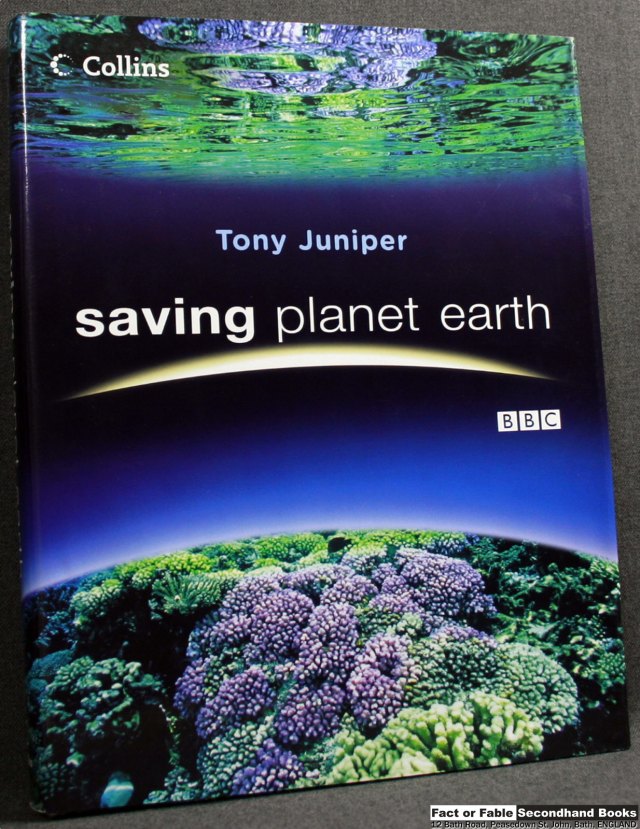The Birth of Europe: Colliding Continents and the Destiny of Nations by Michael Alford Andrews lands on the shelves of my shop.
British Broadcasting Corporation [B.B.C. BBC], 1991, Hardback in dust wrapper.
Illustrated by way of: Black & White Photographs; Colour Plates; Black & White Plates; Maps;
From the cover: The Birth of Europe is the epic tale of the formation and development of Europe and European civilization. From the moment when the continents split to the present quest to save the continent from ecological disaster this book traces the story of its continual change.
Geology preceded history the movements of rocks, the changing of climates and the fertility of soils have all had their impact on mankind. Settlements, agriculture, mining, trade, even wars have all been shaped by the presence or absence of metals, minerals or soil. Without the silver mines of Laurion, Thermistocles could not have saved the Greeks, and Western civilization, from the Persians. Hitler could not have had his Blitzkrieg without Swedish iron-ore to build his Panzer tanks and a supply of petroleum.
Geology is not about static rocks rocks move, sometimes violently and over vast distances. Stones which were once a part of Africa are now on top of the Matterhorn. Today, Africa continues to push into Europe. The Alps are rising and Vesuvius ticks like a time-bomb.
The geological foundations of Europe have influenced the fate of peoples, industries and nations, explaining why the Vikings sailed to Sicily, why Paris starved on the eve of the French Revolution and why the Industrial Revolution started in England. From the first use of materials to the discovery of uranium the history of Europe has been the legacy of its geology.
This fascinating book is lavishly illustrated with stunning colour photography which brings to life important moments of Europes development through thousands and millions of years. The history of Europe has been told many times but The Birth of Europe tells it from a new standpoint, that of human interaction with the environment, drawing new and exciting conclusions about the extraordinary success and hope for the future of this remarkable continent. To understand Europe you need to read The Birth of Europe.
Very Good in Very Good Dust Wrapper. Small dings to the top of the upper panel. Leans slightly. Text complete, clean and tight.
Grey boards with Gilt titling to the Spine. 288 pages. Index. Bibliography. 11″ x 8¾”.
Of course, if you don’t like this one there are plenty more available here!



